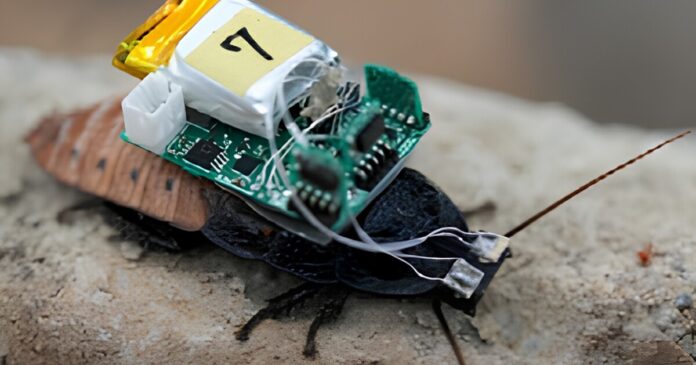Introduction to Cyborg Insects
Researchers at the University of Osaka have made a groundbreaking discovery by equipping cyborg insects with tiny helmets to steer them around various environments. This innovative approach eliminates the need for invasive surgery or internal wiring, making it a safer and more stable method for controlling insect behavior.
The Science Behind Cyborg Insects
Led by Keisuke Morishima, the study combines biology and robotics to create a hybrid system that guides insects through their own senses. Unlike traditional methods that override the insect’s brain, this approach leverages the insect’s natural behavior to control its movement. Morishima explained, "Instead of overriding the insect’s brain, we’re guiding it through its own senses. That makes the system safer, more stable, and more sustainable."
How the Helmets Work
The tiny helmets feature small ultraviolet (UV) lights that are specifically designed for cockroaches. Powered by a backpack with wireless sensors, the helmets’ UV lights activate when the cockroach stops moving. This triggers a behavior known as negative photoaxis, where the insect moves away from the UV light. By shining light into either eye, the researchers can steer the cockroach left or right.
Testing the System
The team’s paper, published in the journal Advanced Intelligent Systems, reported that the system worked consistently over 150 trials. The cockroaches were able to navigate through a maze-like environment, with 94% of them making it out successfully. In contrast, only 24% of regular cockroaches without helmets were able to complete the task.
Advantages of the System
This approach has several advantages over traditional methods. It avoids the need for invasive surgery or internal wiring, which can be harmful to the insects. Additionally, it avoids the drop in effectiveness that occurs when insects adapt to electrical signals. The system is also more sustainable and stable, making it a promising solution for various applications.
Potential Applications
The bio-hybrid system for creating controllable cyborg insects has several potential applications. It could be used in search and rescue missions after natural disasters, where conventional robots may be unable to navigate. It could also be used to monitor sensitive environmental habitats, providing a non-invasive and sustainable solution. Furthermore, it could be used for surveillance operations, allowing for discreet and efficient monitoring.
Conclusion
The development of cyborg insects with tiny helmets is a significant breakthrough in the field of robotics and biology. The system’s ability to guide insects through their own senses makes it a safer, more stable, and more sustainable solution. With its potential applications in search and rescue missions, environmental monitoring, and surveillance operations, this technology is poised to revolutionize the way we approach complex tasks. As researchers continue to develop and refine this technology, we can expect to see new and innovative applications in the future.

